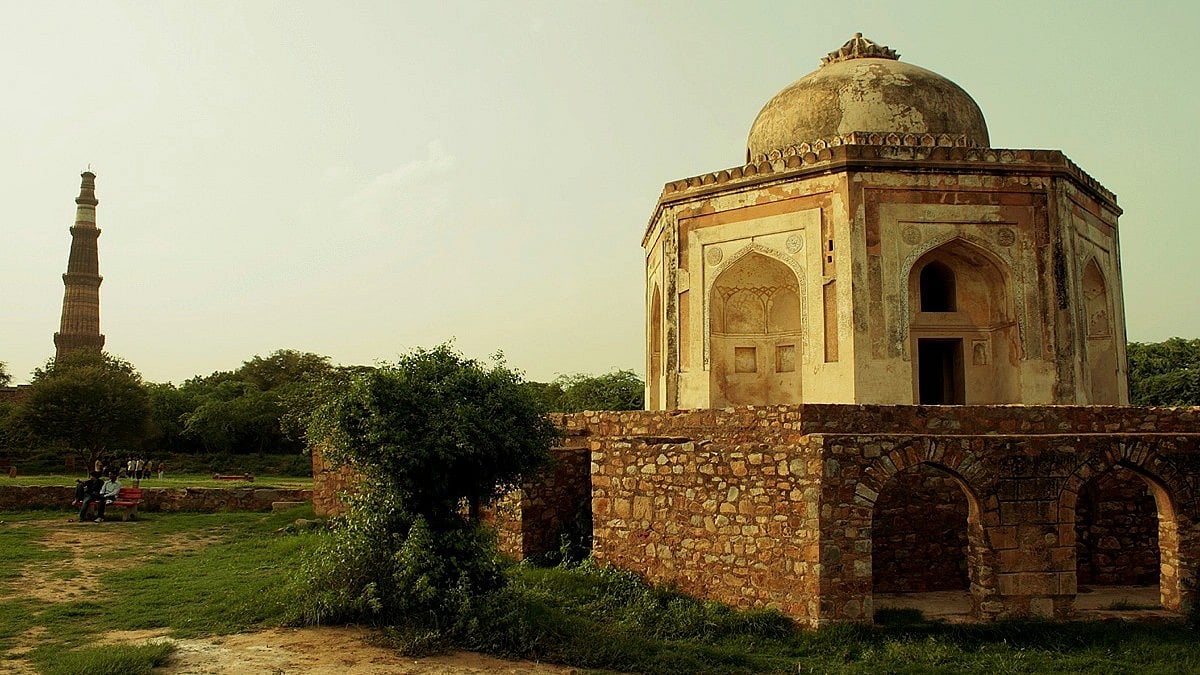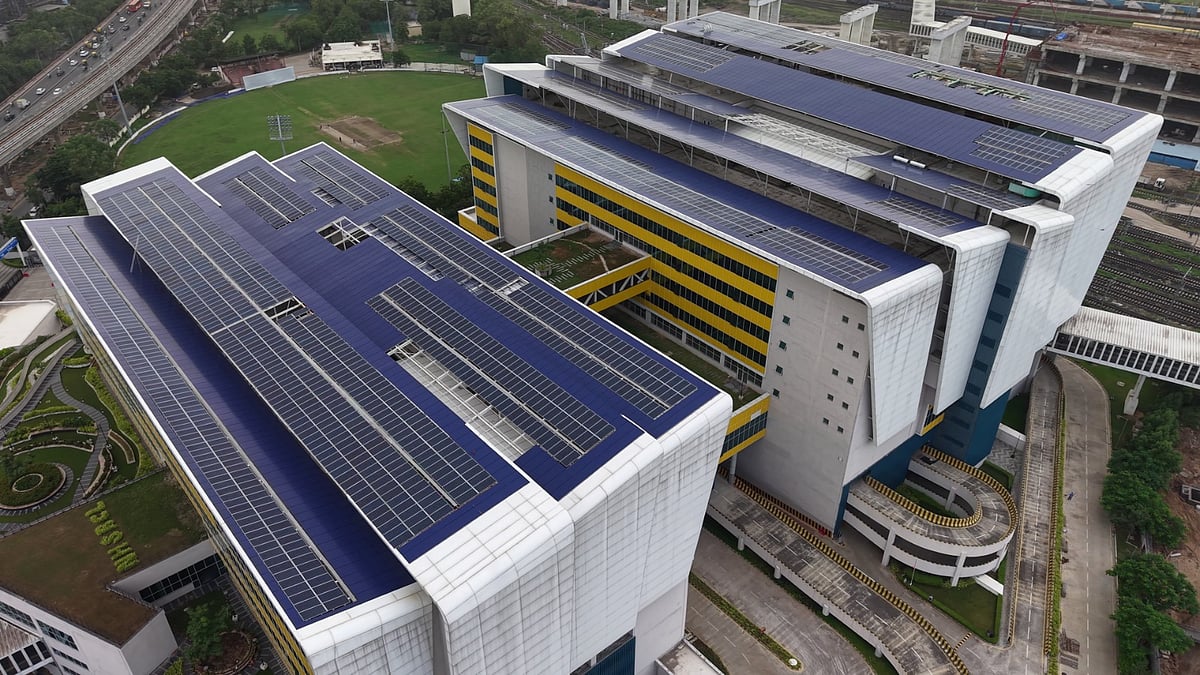It has become a bit of a joke now, but every time there’s any “development” work done in the Mehrauli Archeological Park, everyone knows somebody important is going to visit. It’s so obvious even the auto wallahs who ferry people from the Qutab Minar Metro station and back use it as a conversation starter to lighten the mood while dropping you home!
For the most part, the Mehrauli Archeological park is largely forgotten, uncared for and left to its own devices. It is more of a community park that is mostly frequented by morning walkers, and cyclists, and the occasional history enthusiast who is looking for Old Delhi beyond Shahjahanabad, which is interestingly only about half as old as Mehrauli and its surrounds.
In over 10 years of frequenting it I have never encountered so much state interest in the park. Not even after the Monument Mitra scheme that was floated many years ago! There is interest now. How long-term or sustained it will be, in an age of optics, is another question. But it is here.
A few weeks ago, a group of workers, with scaffoldings, and machinery moved in.
And this is where it gets interesting!
A team of over 20 workers moved in to start work, erecting scaffoldings, getting in machinery and material. On the path connecting the entry to the Mehrauli Gurgaon road and the village at the other end stand two Lodhi-era tombs, an old well, and a functioning mosque; further east of the mosque is the stables, a beautiful barrack-like structure from the 11th century. The team sets up their camp in these 11th-century stables!
I’m not so sure, but it does feel like some rules are being flouted here; they have closed up the arches with corrugated sheets and run a green net around everything so you can’t look in. Is there a way to put up barricades and create living quarters for workers in heritage structures without damaging them? And as per the rules for listed buildings is this even allowed?
That, sadly, is only the beginning of my worry.
My real worry is actually, the lack of toilets. There are NO toilets for these workers. The only toilets in the park are about 500m away — two single toilets for men and women, in the areas adjacent to the pedestrian entry from the Qutab Minar side. There are no other sanitary provisions here — no water connections, no toilets, no places for cooking, nothing. In the last two weeks I have not seen a single porta-cabin toilet being set up or anything of the kind for these workers.
We all know exactly what this means. On my walks, that usually take me through less-used paths, through the more wooded areas that are less frequented by walkers, I now have to deal with the sight (and smell) of human faeces, in all shapes and colours and in many stages of decomposition!
Conservation works such as this are usually carried out under the guidance of reputable conservation architects and practices of the city, and usually overseen by the likes of INTACH and the ASI. It is a bit shocking to see gross disregard for clean and healthy environs within the very precinct of the work, not to mention a lack of professional ethics or empathy. Imagine having to go walking in the early morning fresh air, in the beautiful 64-acre park, worrying about stepping into fresh human faeces on a path! Not my idea of pleasure at all.
The National Building Code mandates a certain standard, and these are always written into the contracts with executing agencies. Enforcement, however, has always remained a very dark-grey area. The root cause is the L1 system as it is called, of awarding contracts to lowest bidder, happily adopted from international aid agencies and multinational banks that fund development work. Oftentimes these tenders are quoted lower than market rates to get work.
And then you get this — workers living in a protected and listed monument, without even basic toilet facilities! The usual comeback from past experience elsewhere is that “it’s too expensive, it’s too short notice, there are no vendors, there’s not enough time, there’s a pressing deadline”. That list is endless. I suppose “they aren’t human” could be added to the list as well?
The absence of toilets brings with it another uncomfortable issue — of social inclusivity, glaringly visible by the absence of any women among the team camping and working here.
The absence of toilets directly and effectively excludes women from many places of work, and is a huge contributor to marginalising women. It's more surprising when one considers the leading lights of conservation across the domain!
Each such omission and exclusion only adds to the notion of the unsafe city and reinforces the fear of women to venture out of their homes and explore opportunities of work, and thus takes from them the possible means by which they can achieve financial independence.
I can hear a voice in the back say, “But it’s only a few weeks... How much difference can that make?” To which I say, “Boond boond se saagar ban’ta hai” (Little drops make an ocean). Forgive my affinity for poetics, but I hope you see the point.
In a few weeks or months from now the important and much-talked-about international events that we are supposed to host will be done. The monuments will have been “dented and painted” (pardon my allusion to a very triggering and offensive statement). In these few months or weeks, a few practices will have made their money. The monuments will be lit up like new trophies on display. The photo-ops will have been taken, and we can all go back to watching our monuments crumble.
And somewhere in the wooded back of the Mehrauli Archaeological Park will be a mound of human shit that will take as many weeks to dissipate into the bigger systems of the planet, but at the end all will be good with the world!
And then some years later we will revisit this cycle once again.
Henri Fanthome, an architect who trained at the SPA, lives and works out of Mehrauli, Delhi and writes about design and urban spaces









